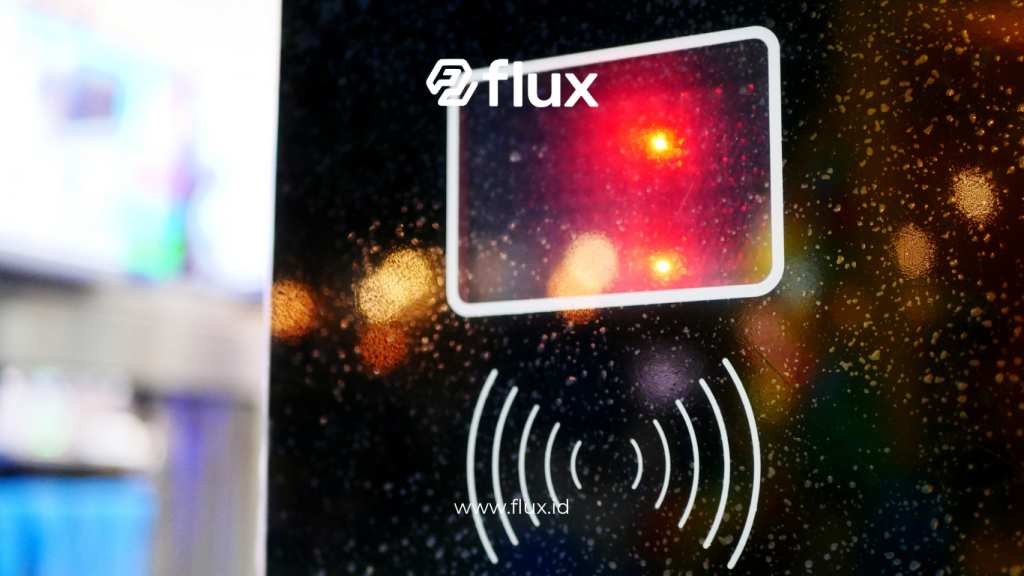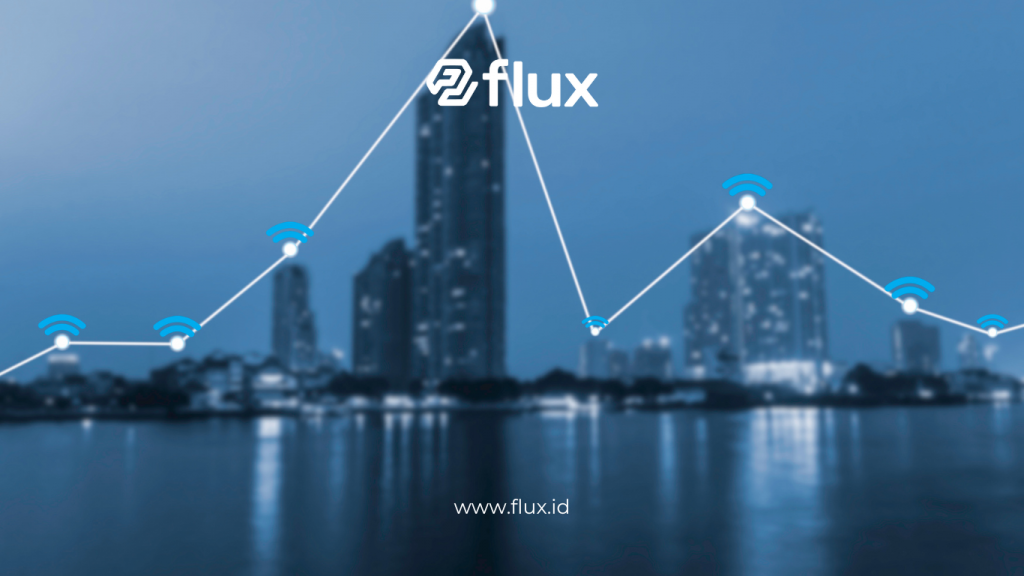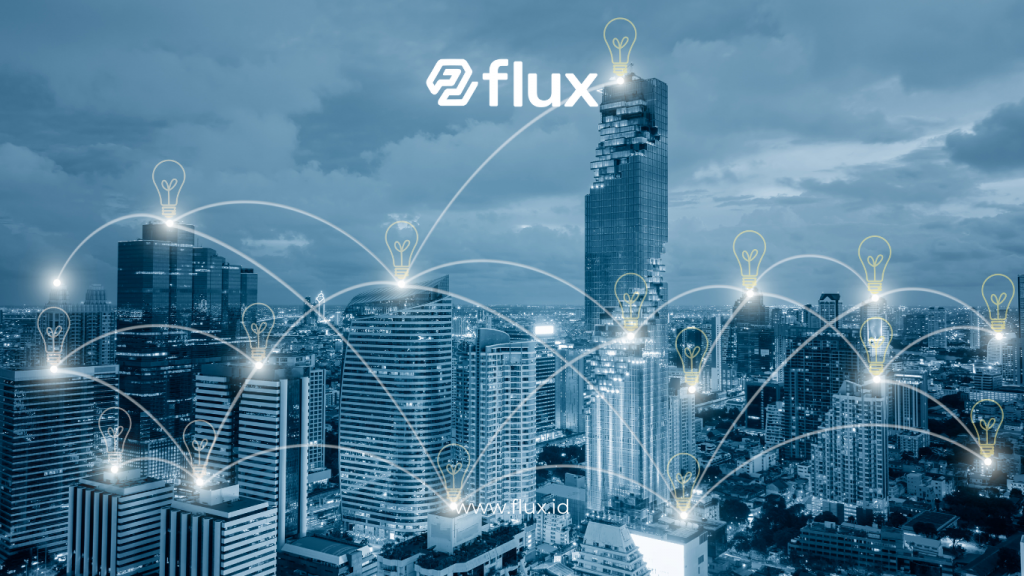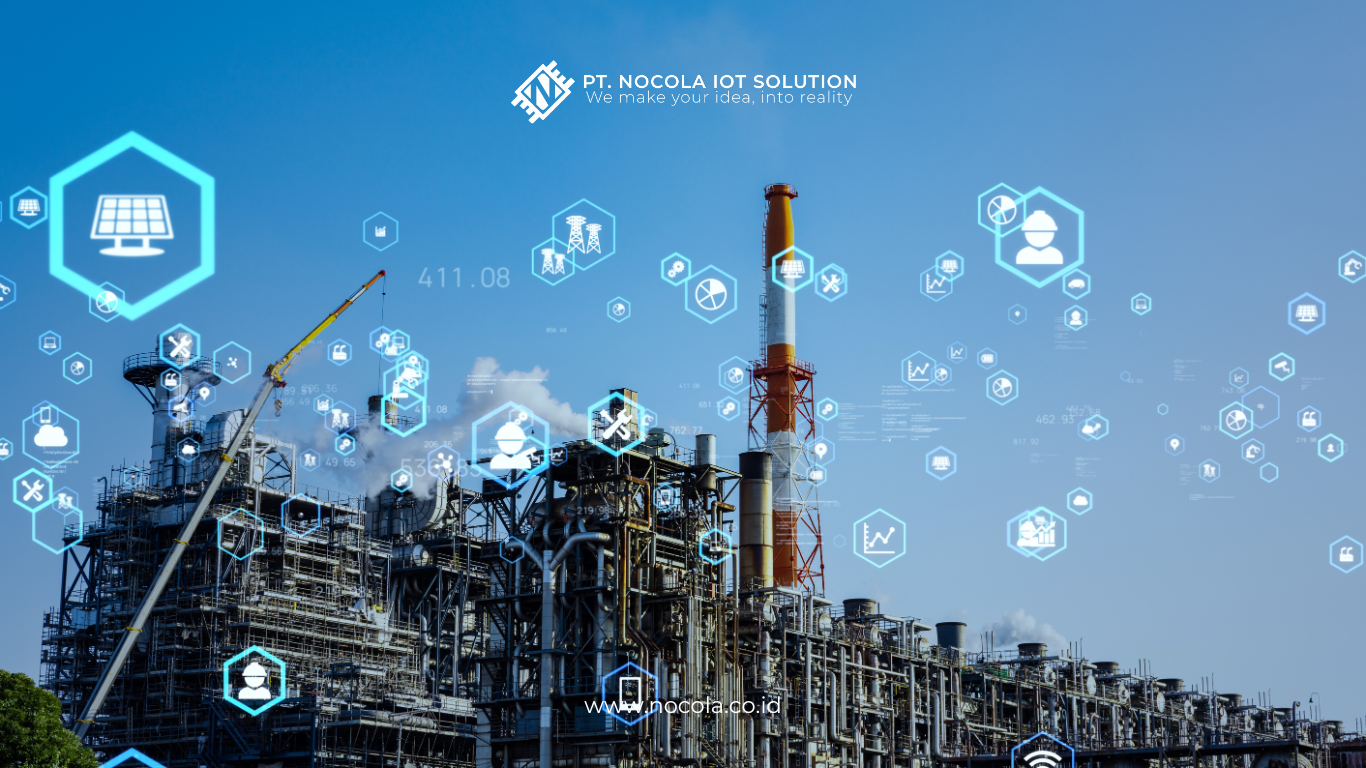Don't miss our holiday offer - 20% OFF!
Building energy efficiency has become a top priority for many companies and property owners. In this increasingly environmentally conscious era, energy sensor technology offers advanced solutions to optimize energy usage and reduce operational costs. This article will discuss how energy sensors can maximize Building Energy Efficiency, outline various latest technologies, and provide practical guidance for implementing Energy Sensors.
Amidst rising concerns about climate change and the need to reduce carbon footprints, energy efficiency has become a critical focus in building management. Energy sensors, as part of Internet of Things (IoT) technology, play a key role in achieving significant energy savings. With the ability to monitor and control energy usage in real-time, these sensors help identify wastage and optimize energy consumption. This article will explain how energy sensors work, the latest technologies, their benefits, and effective implementation steps.
Contents
What Are Energy Sensors?

Read More: Electrical Sensors Enhancing Energy Efficiency and Cost Savings
Energy sensors are devices used to measure, monitor, and control energy usage in buildings. They work by collecting data from various energy sources, such as electricity, gas, and water, and then analyzing it to identify patterns and efficiencies. These sensors can be integrated with energy management systems to provide in-depth insights into how energy is used and where potential savings can be found.
Types of Energy Sensors
- Energy Consumption Sensors: Measure the amount of energy used by various devices or systems in the building, such as HVAC, lighting, and electrical equipment.
- Energy Quality Sensors: Monitor energy quality parameters such as voltage, frequency, and harmonics to ensure systems are operating efficiently.
- Temperature and Humidity Sensors: Measure temperature and humidity in various areas to ensure optimal conditions and avoid energy wastage in HVAC systems.
- Light Sensors: Measure natural and artificial lighting levels to adjust light intensity and reduce unnecessary energy use.
Latest Technologies in Energy Sensors

Technological advancements continue to introduce new innovations in energy sensors, making them more effective and efficient. Here are some of the latest technologies that can help maximize building energy efficiency:
1. Wireless IoT-Based Sensors
IoT sensors using wireless connections, such as Wi-Fi or Bluetooth, allow for more flexible installation and cost savings. These sensors can connect with energy management systems and provide real-time data without the need for complex wiring.
2. Smart Energy Sensors with Artificial Intelligence (AI)
Smart energy sensors equipped with AI can analyze collected data to identify energy consumption patterns and provide automatic recommendations for efficiency improvements. AI also enables energy load predictions and automatic adjustments to optimize energy use.
3. Remote Sensing Technology
Remote sensing technology allows sensors to measure energy consumption from a distance without requiring direct contact. This is useful for monitoring systems that are hard to access or for easily collecting data from various measurement points.
4. Integration with Energy Management Systems (EMS)
Latest energy sensors can integrate with Energy Management Systems (EMS) to provide greater control and deeper analysis. This integration allows for more effective energy management by combining sensor data with information from other systems, such as HVAC, lighting, and security.
Benefits of Using Energy Sensors for Energy Efficiency

Using energy sensors for building energy efficiency offers several significant benefits, including:
1. Energy Cost Savings
Identifying inefficient energy usage areas, such as unused equipment or HVAC systems operating suboptimally. By reducing energy wastage, companies can achieve substantial operational cost savings.
2. Improved Energy Performance
Monitoring and analyzing energy data in real-time helps improve the performance of energy systems. Adjustments made based on sensor data can enhance the efficiency of HVAC systems, lighting, and other equipment.
3. Reduced Carbon Footprint
Reducing energy consumption also contributes to lowering the building’s carbon footprint. Energy sensors help minimize energy wastage and optimize the use of renewable energy, supporting sustainability and environmental friendliness efforts.
4. Enhanced Occupant Comfort
Energy sensors can also enhance occupant comfort by ensuring consistent and appropriate temperature and lighting. Well-managed systems create a more comfortable and enjoyable environment for occupants.
How to Implement Energy Sensors in Buildings

Implementing energy sensors in buildings requires careful planning and execution to ensure optimal results. Here are practical steps for implementing energy sensors:
1. Assess Energy Needs
The first step is to conduct a thorough assessment of the building’s energy needs. Identify areas with high energy consumption and systems that may require closer monitoring. This assessment will help in selecting the most suitable sensors for your building.
2. Choose the Right Sensors
Select energy sensors based on the type of energy to be monitored and the specific needs of your building. Consider features such as wireless connectivity, integration with EMS, and analytical capabilities when choosing sensors.
3. Installation and Calibration
Install energy sensors at strategic locations to ensure accurate measurements. Ensure that sensors are calibrated correctly to provide precise data. If necessary, consult professionals for installation and calibration.
4. Integrate with Energy Management Systems
Integrate sensors with Energy Management Systems (EMS) to manage data and perform analysis. EMS will enable you to monitor, control, and optimize energy use more effectively.
5. Monitor and Follow Up
Regularly monitor the data collected by sensors to identify energy-saving opportunities and make necessary adjustments. Use reports and analytics to make data-driven decisions and improve energy efficiency.
Conclusion
Energy sensor technology offers advanced solutions for maximizing building energy efficiency and reducing operational costs. With the latest technologies, such as wireless IoT sensors, artificial intelligence, and integration with Energy Management Systems, these sensors provide greater control and deeper insights into energy use. Benefits of using energy sensors include cost savings, improved energy performance, reduced carbon footprint, and enhanced occupant comfort.
To successfully implement energy sensors, assess energy needs, choose the right sensors, carefully install and calibrate, integrate with EMS, and monitor data regularly. By following these steps, you can achieve optimal energy savings and contribute to a more sustainable environment.





